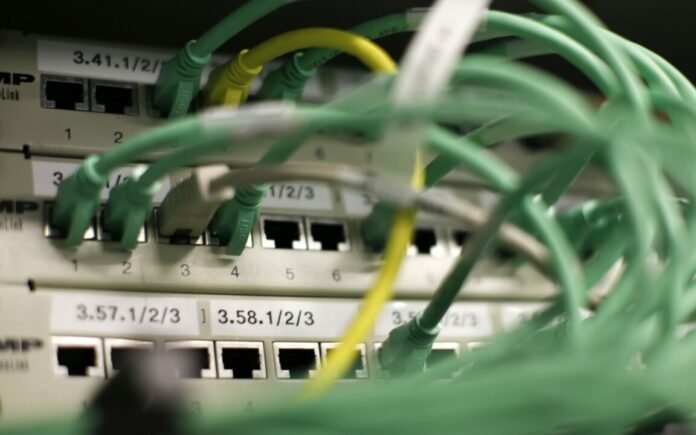The National Fiber Backbone (NFB) will shortly be advanced by the government to improve internet speeds throughout Mindanao before President Marcos’ term ends in 2028. The NFB’s second and third stages are scheduled to conclude in 2025, according to Information Secretary Ivan John Uy, and the Department of Information and Communications Technology (DICT) is getting ready to take over the remaining parts.
Beginning in southern Luzon, the second and third stages of the NFB will connect to the first 1,245-kilometer section that runs from Laoag in Ilocos Norte to Quezon City. Work on the fourth, fifth, and sixth stages will then begin the following year, according to the DICT. The goal is to complete the NFB in its entirety by 2027.
With financial difficulties resolved, Secretary Uy is confident that the project will be completed on schedule. To improve internet connection across the country, particularly in rural areas, President Marcos approved the $288 million Philippine Digital Infrastructure Project (PDIP) in June. With a loan from the World Bank, the Philippines is making a major investment in digital infrastructure.
The NFB will be extended to the Visayas and Mindanao, areas with poor internet connectivity, by the DICT using this funding to install underwater cables. The NFB implementation would also receive budgetary backing from lawmakers, Secretary Uy added.
Unlike previous phases that progressed slowly due to funding constraints, the remaining phases are expected to be completed more swiftly, with multiple segments under construction simultaneously. Once finished, the NFB will bolster internet access for both government operations and communities, accelerating data transfer across regions and enhancing digital services.
The initial NFB phase, consisting of 28 nodes from Laoag to Quezon City, currently supports 346 national and local government agencies with a capacity of 600 Gbps. By 2028, the government aims to increase household internet access to 60 percent, up from 17.7 percent in 2019, as outlined in the Philippine Development Plan 2023-2028.




